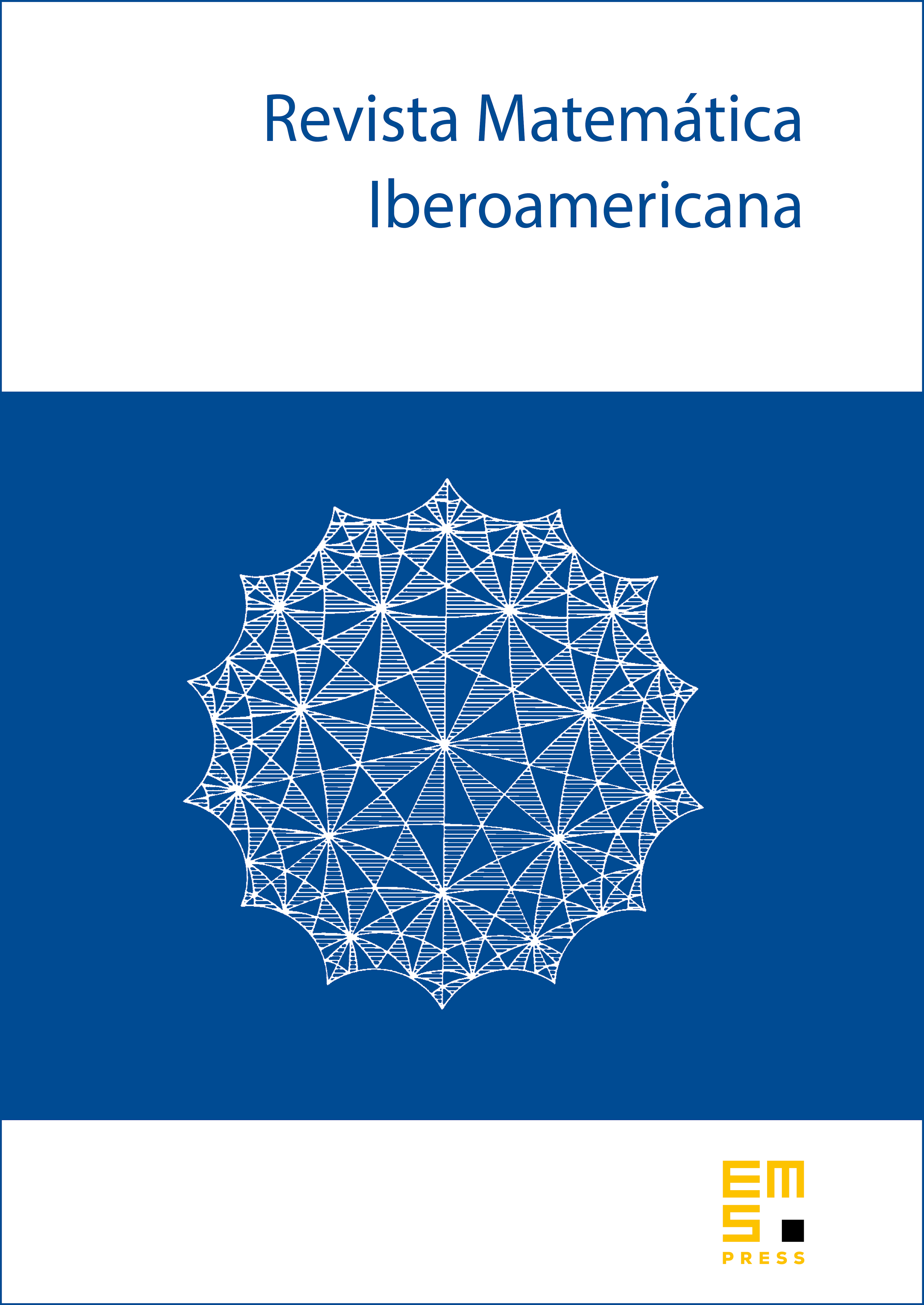The flux limited Keller–Segel system; properties and derivation from kinetic equations
Benoît Perthame
Sorbonne Université, Paris, FranceNicolas Vauchelet
Université Paris 13, Sorbonne Paris Cité, Villetaneuse, FranceZhian Wang
Hong Kong Polytechnic University, Kowloon, Hong Kong

Abstract
The flux limited Keller–Segel (FLKS) system is a macroscopic model describing bacteria motion by chemotaxis which takes into account saturation of the velocity. The hyperbolic form and some special parabolic forms have been derived from kinetic equations describing the run and tumble process for bacterial motion. The FLKS model also has the advantage that traveling pulse solutions exist as observed experimentally. It has attracted the attention of many authors recently.
We design and prove a general derivation of the FLKS departing from a kinetic model under stiffness assumption of the chemotactic response and rescaling the kinetic equation according to this stiffness parameter. Unlike the classical Keller–Segel system, solutions of the FLKS system do not blow-up in finite or infinite time. Then we investigate the existence of radially symmetric steady state and long time behaviour of this flux limited Keller–Segel system.
Cite this article
Benoît Perthame, Nicolas Vauchelet, Zhian Wang, The flux limited Keller–Segel system; properties and derivation from kinetic equations. Rev. Mat. Iberoam. 36 (2020), no. 2, pp. 357–386
DOI 10.4171/RMI/1132